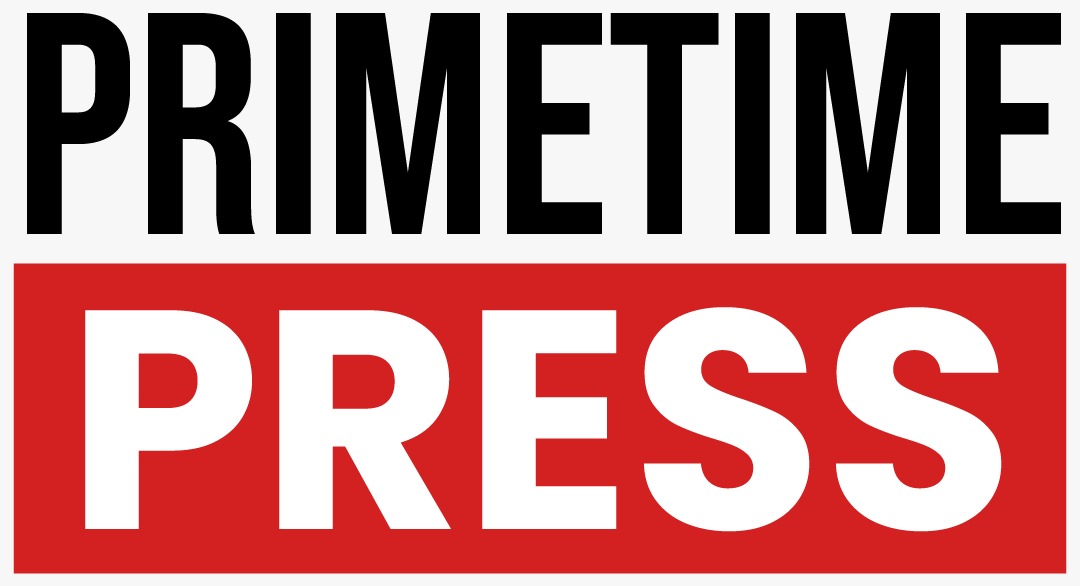The Effect of Tariff Changes on Inflation Trends in the U.S.
Introduction to Tariff Adjustments
This week, the U.S. inflation report will shed light on the impact of President Donald Trump’s recent tariff announcements, dubbed “Liberation Day,” on consumer prices across the nation.
Tariff Announcement Details
On April 2, Trump escalated tariff levels, which raised concerns among economists and consumers regarding potential inflation spikes. Typically, importers transfer increased costs from tariffs to end consumers through price hikes.
Expected vs. Actual Inflation Rates
As we await government data to be released on Tuesday, expectations are that inflation rates will show a modest increase of 2.3% year-over-year, indicating a slight easing from previous months.
However, analysts predict that inflation might rise again as retailers restock goods under the new tariffs.
Rollbacks on Tariffs
Despite these concerns, some tariffs have been temporarily reduced since the announcement. Trump’s government quickly rolled back many “reciprocal tariffs,” including slashing China’s tariffs from 145% to 30% for a period of 90 days as negotiations continue for a broader trade deal. In response, China has agreed to lower certain tariffs on U.S. imports from 125% to 10%.
This reduction is expected to lessen the average tariff burden per household from an estimated $4,900 to $2,800, according to data from the Yale Budget Lab.
Current Tariff Landscape
Despite these rollbacks, a variety of tariffs remain in effect, including a general 10% tariff on imports from most countries, with additional levies affecting specific categories like auto parts, steel, and aluminum. Some tariffs on goods from Mexico and Canada still persist.
The Economic Outlook
In a recent statement, Federal Reserve Chair Jerome Powell noted that while the economy remains “solid,” the implications of Trump’s tariff measures could contribute to both rising inflation and a deceleration in economic growth. He emphasized that if tariffs remain elevated, they are likely to induce inflationary pressures and impact overall economic performance.
“If the large increase in tariffs that have been announced are sustained, they’re likely to generate a rise in inflation and a slowdown of economic growth,” Powell remarked.
Although current inflation levels are significantly below the peak of over 9% witnessed in 2022, they have remained slightly above the Federal Reserve’s target rate of 2%.
Looking Ahead
As the Federal Reserve decides on interest rates in their upcoming meeting on June 18, market analysts believe there is an 88% likelihood that rates will remain unchanged for the time being as they monitor the effects of ongoing tariffs.
The Fed’s latest decision and its broader implications on economic policy will be critical in understanding future inflation trends and tariff impacts.

